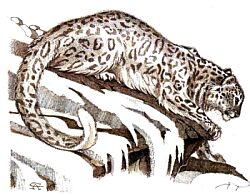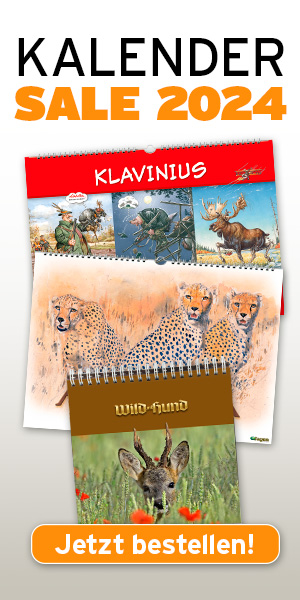English: Snow-Leopard; French: Irbis, Panthère des Neiges; Bhotias: Ikar, Zig, Sachah, Sak; Chinese: Yue-bao; Mongolian: Irwes; Nepali: Dhunware Chituwa, Him Chituwa; Pashto: Plang; Russian: Ssneshnij Bars; Tibetian: Khang Doi, Shimi; Urdu: Barfani cheet
 |
Former distribution: As now.
Present distribution: From the Himalayas west to Pakistan and Afghanistan, northern India, Nepal, Sikkim, Kashmir, Bhutan; China – Pamirs, Xizang (Tibet), Tien Shan, Xinjing (Sinkiang), Gansu (Kansu), Sichuan (Szechwan); Western Mongolia; USSR – Pamirs, Tien Shan and the Tadjik and Darwaz Mountains.
Behaviour: Preferred habitat: high alpine country between the timber line and the snow and ice regions. Activity both nocturnal and diurnal. Prey includes markhor, ibex, bharal, wild and domestic sheep, goats, hares, marmots and snow-cocks.
Population status: Rare; all over the Himalayas: 400? China: no records; Mongolia: 2000, increasing; Nepal: 300; Pakistan: 250; USSR: stable; Afghanistan: rare, no records; Bhutan: stable.
Brief notes:
Body weight: 33-40 kg
Head and body length: 122-125 cm
Tail length: 90-105 cm
Shoulder height: 45-55 cm
Gestation period: 98-103 days
Maximum age: 15 years
Trophy: Skull length 19.0 cm, width 13.7 cm; CIC: 32.7 points.
Hunting methods: Stalking, with dogs, traps, on a kill.
Remarks. The population decline seems to have stopped as a result of the ban of the International Fur Trade Organisation. Local tribal hunting traditions, and damage to domestic livestock lead to uncontrolled hunting and may decrease the number of Snow Leopards in some regions. Mongolia opened hunting on the Ounce again. Approx. 200 Snow Leopards are known to be held in zoos.







